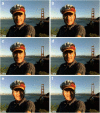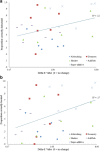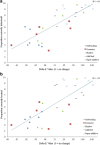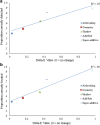Can people identify original and manipulated photos of real-world scenes?
- PMID: 28776002
- PMCID: PMC5514174
- DOI: 10.1186/s41235-017-0067-2
Can people identify original and manipulated photos of real-world scenes?
Abstract
Advances in digital technology mean that the creation of visually compelling photographic fakes is growing at an incredible speed. The prevalence of manipulated photos in our everyday lives invites an important, yet largely unanswered, question: Can people detect photo forgeries? Previous research using simple computer-generated stimuli suggests people are poor at detecting geometrical inconsistencies within a scene. We do not know, however, whether such limitations also apply to real-world scenes that contain common properties that the human visual system is attuned to processing. In two experiments we asked people to detect and locate manipulations within images of real-world scenes. Subjects demonstrated a limited ability to detect original and manipulated images. Furthermore, across both experiments, even when subjects correctly detected manipulated images, they were often unable to locate the manipulation. People's ability to detect manipulated images was positively correlated with the extent of disruption to the underlying structure of the pixels in the photo. We also explored whether manipulation type and individual differences were associated with people's ability to identify manipulations. Taken together, our findings show, for the first time, that people have poor ability to identify whether a real-world image is original or has been manipulated. The results have implications for professionals working with digital images in legal, media, and other domains.
Keywords: Digital image forensics; Photo manipulation; Psychology and law; Real-world scenes; Visual processing.
Figures









References
-
- Barlow HB. Possible principles underlying the transformation of sensory messages. In: Rosenblith WA, editor. Sensory communication. Cambridge, MA: MIT Press; 1961. pp. 217–234.
LinkOut - more resources
Full Text Sources
Other Literature Sources
